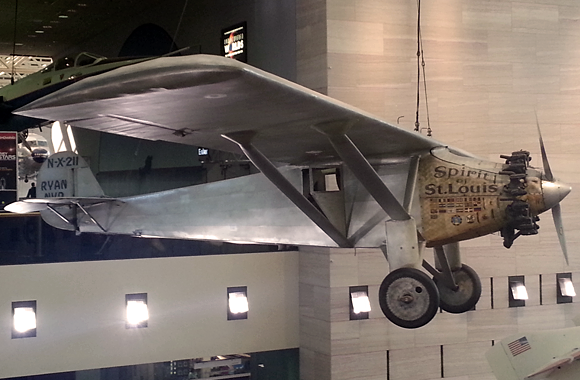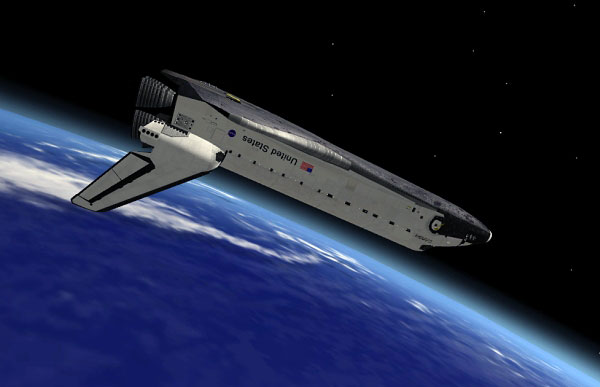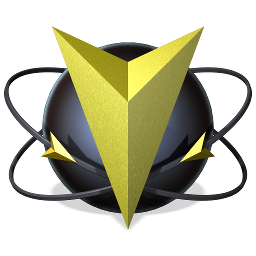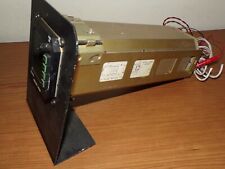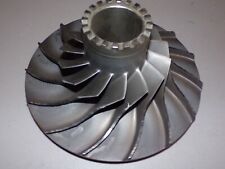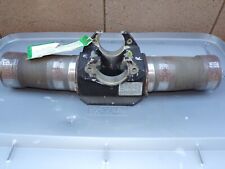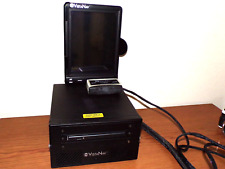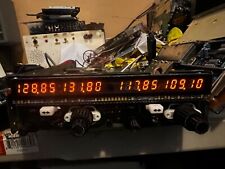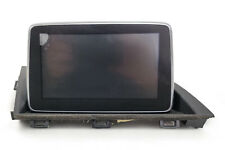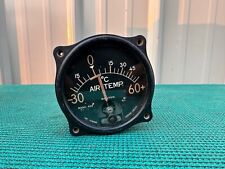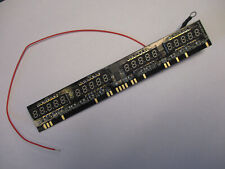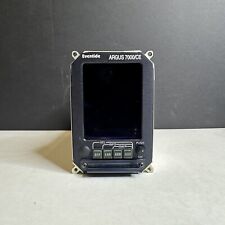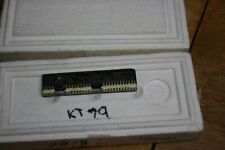An Interview with Exciting Simulations
by Joe Keefe
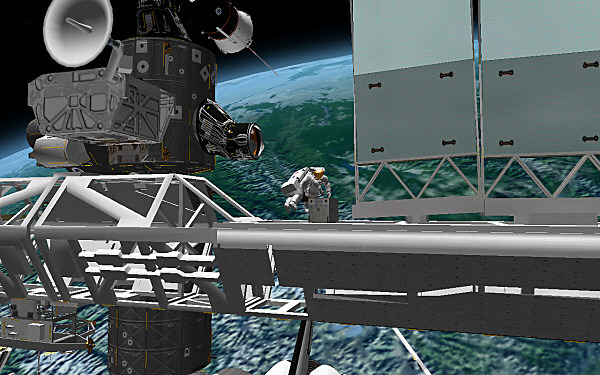
SimHQ’s Joe Keefe had the opportunity to speak with Exciting Simulations and address some questions about what is new in Space Shuttle Mission 2007 since the last time SimHQ reviewed it.
Joe: Tell the SimHQ readers about you and about Exciting Simulations. How does a group of people get together to create an extremely detailed Space Shuttle simulator from scratch?
ES: Exciting Simulations is an entertainment brand of Simsquared Ltd. which develops VR applications for “serious” simulation needs. Among Simsquared’s customers and contractors I can mention Thales, Unitech/Lockheed Martin, Elbit Systems, Textron Defense Systems, The Royal Danish Navy, US Coast Guard, US Navy, NATO, a number of former Soviet Union states etc. At some point we created a small group under the Exciting Simulations brand, targeted at the entertainment market. The Space Shuttle Mission 2007 (SSM2007) is the first product to be developed and distributed under the ES brand. All the people involved with SSM2007 development, product management and in advisory positions are avid NASA / Astronomy enthusiasts and have played at some point with the venerable Shuttle game from Virgin Games back in the 90s, or “played” with the real Space Shuttle and/or ISS. As work on SSM2007 moved on, NASA friends joined in unofficially bringing in information, advice and help, and from a small project, SSM2007 became a more ambitious and costly endeavor. Surprisingly, SSM2007 started as a freeware project, but as our ambitions, R&D and content licensing costs soared, we were forced to go commercial. In order to keep the end-user price accessible while covering our R&D, support and distribution costs, we decided to publish it ourselves and not through the more traditional publishers, and make the sim available as an online download only. SSM2007 thus became what one would call an indie project — a labor of love — and less a strictly for-profit endeavor.
Joe: SimHQ reviewed SSM2007 v2.45. The product has since been enhanced multiple times and is now up to v4.25. Tell us about the changes and additions since v2.45.
ES: It is hard to make a comprehensive list of all the changes and improvements — the list is simply too long for this interview. For starters, since the SSM2007 launch on January 2008 we have been releasing free, monthly Service Packs (version 4.25 was just released on November 29th) which contain new missions and/or new features. From the initial 11 missions at launch time, we now have 24 missions, another one is being developed as we “speak” as a Christmas surprise. By the end of 2009 we’ll have a total of 25 missions. Our plan is to eventually cover all the historical STS missions (+120) or at least the more “interesting” and representative ones. Feature-wise, we have expanded the simulated systems (the collimated HUD is a good example), improved the “flight” model, added new General Purpose Computer modes, added new simulated systems, added new and realistic procedures such as RBAR, TORVA, VBAR, TORF and TORS (sorry, you need the NASA “Shuttle Crew Operations Manual” — or SCOM — for this) and improved graphics, effects, weather, environment and communications in quite a few areas. We have also natively integrated the sim with the coolest and latest input/output devices: TrackIR™ Pro, TripleHead2Go and Vuzix iWear VR920. We’ve also implemented a significant number of user-generated requests/suggestions in record time. These frequent Service Packs have maintained the relevance and value of SSM2007 way beyond the usual 6 months shelf time of “normal” PC games. As a matter of fact, we can safely claim that there is no other commercial flight or space simulator developer out there which has provided so much added value and content in such a short time for free, for a $50 PC game. A more significant recognition of the SSM2007 value as an educational tool came from NASA in the form of an official invitation to present SSM2007 at the NASA booth at the I/ITSEC 2008 — the world’s biggest training and simulation convention in Orlando, Florida and to meet their Simulation Directorate staff at the Kennedy Space Center.
Joe: Can you explain why SSM2007 has no provision for custom keymapping? Surely giving users the ability to map some command to keystrokes would be a useful feature.
ES: This answer is really simple: SSM2007 is only the first in what we hope to be a long lasting franchise so eventually, as the product evolves, many end-user requests and suggestions — such as custom commands mapping — will make it into one of the future versions.
Joe: SSM2007 supports the Vuzix Eyewear device. SimHQ was not able to test this device when reviewing SSM2007. Tell us about the Vuzix products and how they work with SSM2007.
ES: Vuzix develops Mil-Grade stereoscopic Virtual Reality Head Mounted Devices (HMD) with head tracking capabilities. They also manufacture affordable, consumer-level devices that can be used with PC games or media players. The coolest is iWear VR920 which is a small, goggle-like device with two micro-TFT monitors, lenses and earphones. When you wear it, it is like watching a 50”4:3 monitor in full stereoscopy. iWear VR920 connects to the PC via the USB and VGA connectors and, with the right software support, it provides an incredibly immersive stereoscopic and stereophonic experience. As soon as we received the development package, we decided to support iWear natively and use its capabilities to the maximum. The iWear VR920 device and its head motion-tracking function are automatically detected by the simulator without any need for special drivers or end-user effort. Once you use iWear VR920 during the SSM2007 Extra Vehicular Activities around the International Space Station and “float” in a true 3D Virtual Reality environment, you can never go back to the flat 2D “normal” view. iWear VR920 has a very good display resolution — the best in its class — and is easily the best and most affordable consumer-level stereoscopic HMD solution available today, surpassing any alternative technologies both in image quality, “immersibility” and price/performance ratio. As one of our NASA friends put it, “using SSM2007 with the iWear VR920 is the closest somebody can get to the real NASA VR labs at JSC without actually working at NASA”.

Joe: Forum access at the SSM2007 web site is limited to those who have purchased the product. Understandably this limits the research potential buyers can do. Can you explain the reasons for this restricted-access?
ES: The community forum has an open and a members-only area. The members-only area is a free service reserved for those who own SSM2007 and want/need to share the experience provide or ask for help, make suggestions for the next SSM version and interact with other SSM2007 license owners on a variety of related subjects ranging from real NASA missions to Astronomy and model-building. The members-only section of the forum is also where users interact with the SSM2007 staff on a daily basis, exchange views, make suggestions and send feedback via polls. Potential buyers can download the free demo whose only limit is that it only offers the first ever Shuttle mission: STS-1. Although the demo is not expandable and misses all the cool additions and missions available to registered users, it still gives an idea of what SSM2007is all about, and also allows the potential buyers to check if their hardware meets the necessary requirements. Those who need more information can search YouTube for “SSM2007” and find a nice crop of in-game, user-created generic and training videos. We also provide the full and latest manuals which are freely downloadable from our web site (+150 pages worth of information). Last but not least, one of our “gurus” has created a very informative SSM2007 Wiki which adds tips, detailed information and training material. We also opened our own Ground Crew Blog, Twitter and Facebook pages which are updated with unofficial behind-the-scenes peeks coming directly from the core R&D team. We feel that we supply plenty of information to assist in making an informed and intelligent SSM2007 purchasing decision.
Joe: A while ago it was stated that Exciting Simulations planned to stop SSM2007 development at some point and create a new title SSM2009. Obviously we are well into 2009 at this point. Is the intent still to produce a “v2” of SSM (perhaps called SSM2010)? Or has the plan changed?
ES: The version we’ve always talked about is what we call unofficially “SSM2010”. As a matter of fact, the feature set is mostly closed so from a certain point of view, we know what “SSM2010” will look like. Today, December 1st, we are concluding an 8-day session covering the “SSM2010” features set. We plan for dramatic improvements in almost every section of the simulator — graphics, simulation, missions, logic, interaction, etc. “SSM2010” is planned for release around Christmas 2010 to coincide with retiring of the STS program by NASA and the transition to the Constellation program, but that can change as our ambitions grow. We will be happy to update you on a more firm release date during the summer of 2010.
Joe: Core and peripheral computer technology continues to improve rapidly. Are there any new devices or technologies that Exciting Simulations plans to support in the future, either in SSM2007 or a future product?
ES: We are constantly on the lookout for new, cool technologies. As an example of our commitment for taking advantage of these advances, support for the Matrox TripleHead2Go™, NaturalPoint TrackIR™ and Vuzix iWear have been added as soon as the sim was launched and/or the technologies were available. Actually we were among the first (if not THE first) to provide full and native support for the iWear HMD. I can disclose one example of a future technology we are looking into adding to our sim: the use of Virtual Reality Gloves. We have plans to implement them for the virtual Extra Vehicular Activities and maybe inside the cockpit, coupled with the already supported stereoscopic iWear VR920 HMD device. Unfortunately we haven’t found any affordable, consumer-grade VR Gloves so we cannot promise anything at this time. We sincerely hope that this will change and VR Gloves will become as ubiquitous and cool as the iPod at a price significantly lower than today’s US$1,000 a pair.
Joe: What’s your favorite part of SSM2007?
ES: I just love on-orbit ops — capturing satellites and the Hubble with the RMS, using the MMU, docking with and building the ISS, performing spacewalks and of course, landing at KSC or EAFB. I am particularly fond of the ISS building missions, the secret DoD satellite deployment missions, and the fictional STS-400 rescue in space mission which is based on real NASA plans for rescuing a Shuttle stranded on an orbit beyond any possibility of emergency rendezvous and docking with the ISS.

Closing Comments
ES: We’d like to thank the SimHQ staff for the interest and the opportunity it gives its readers to getting acquainted with the only stand-alone Space Shuttle Mission simulator for PC, which covers NASA missions from liftoff, through on-orbit operations, reentry and landing.
SSM2007 is definitely not for everybody. There is a lot of button-pressing, switch-switching, slow, precise maneuvering and GPC interaction, not to mention operating that cool robotic arm and manipulating expensive payload. You need to follow strict checklists and procedures, pay attention to detail and of course RTFM! Besides, there is more to the sim than the associated manuals tell you. Virtual Astronauts who want to learn more, and refer to NASA material, discover new, active systems and features that we’ve implemented but could not reveal in the associated manuals simply because we do not want and cannot ever compete with the +7000 pages worth of NASA stuff or even with the SCOM’s 1,400 pages.
In space things move slowly and precisely, and any mistake can cost your virtual life or virtual job. If you just want to take the Shuttle “for a quick spin”, forget it! Just as with the real NASA Space Shuttle, the SSM2007 virtual Astronaut Candidates who want to apply for a job, need passion, patience, perseverance, persistence, and practice to make the most of this sim. If you have the right stuff, we’ll see you on orbit!
Click here for a Flash screenshow of other SSM2007 images.
Useful Links
We want your Feedback. Please let us know what you thought of this article here.

